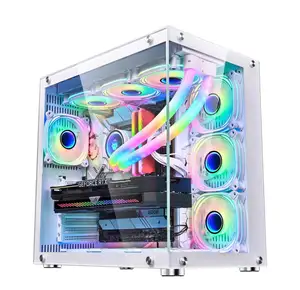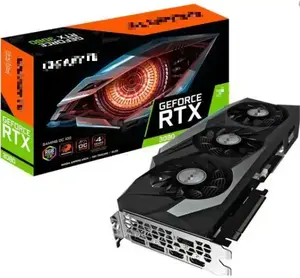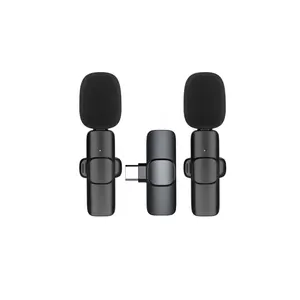Popular in your industry



























































































































































































































Top categories
About ram dd3
What is DDR3 RAM?
DDR3 (Double Data Rate 3) RAM is a type of computer memory that stores data on integrated circuits. It is a generation of DDR SDRAM (Double Data Rate Synchronous Dynamic Random-Access Memory) and offers increased performance over its predecessor, DDR2, by providing higher transfer rates and requiring lower power. DDR3 RAM modules have a different number of pins compared to DDR2 and DDR4, which means they are not compatible with other DDR types. DDR3 RAM is widely used in laptops, desktops, servers, and other computing devices.
The Benefits of DDR3 RAM
DDR3 RAM offers several benefits, making it a suitable choice for various computing applications. One of the key advantages of DDR3 RAM is its higher data transfer rates compared to its predecessors. This increased speed allows for faster data access and contributes to overall system performance. Additionally, DDR3 RAM operates at lower voltage, which helps reduce power consumption and heat generation. This feature can be particularly beneficial for laptops and other portable devices, contributing to improved energy efficiency and potentially longer battery life.
Another benefit of DDR3 RAM is its backward compatibility with some older systems. While DDR3 RAM may not be compatible with all DDR2 systems, it can often be used in certain older motherboards that support both DDR2 and DDR3 memory. This flexibility can be advantageous for users looking to upgrade their systems without replacing all components. DDR3 RAM is also widely available and relatively cost-effective, making it an accessible option for users seeking a balance between performance and affordability. Moreover, the higher bandwidth offered by DDR3 RAM can enhance multitasking capabilities, allowing for smoother performance when running multiple applications simultaneously.
DDR3 vs. DDR4 RAM
When comparing DDR3 and DDR4 RAM, several key differences become apparent. One of the main distinctions is the speed and bandwidth. DDR4 RAM generally offers higher speeds and bandwidth than DDR3, which can result in improved overall system performance. Additionally, DDR4 RAM operates at lower voltage than DDR3, contributing to greater energy efficiency. This lower voltage can also lead to reduced power consumption and heat generation, potentially resulting in cooler and more power-efficient systems. In terms of compatibility, DDR3 and DDR4 are not interchangeable due to differences in their physical and electrical specifications. As the industry has transitioned to DDR4 and more advanced technologies, DDR3 RAM has become less common in newer systems. However, it remains a viable option for older hardware or systems that are not designed to accommodate DDR4 memory.
4GB DDR3 RAM and 8GB DDR3 RAM are two popular options, and their prices may vary. DDR3 laptop RAM and DDR3 RAM for laptops are also common configurations for portable devices.






























